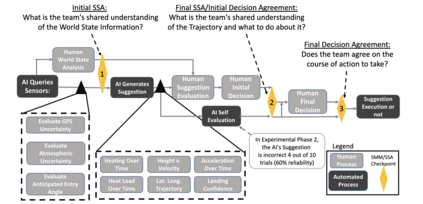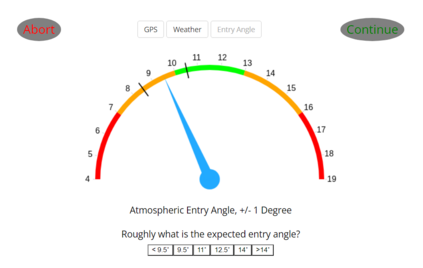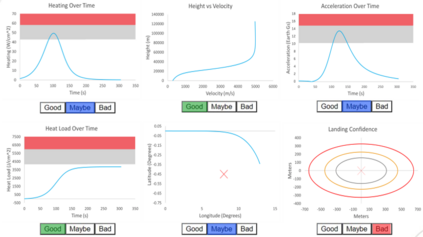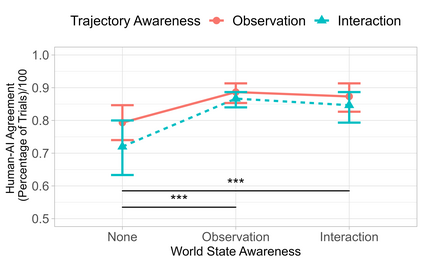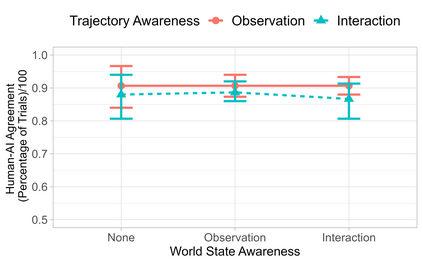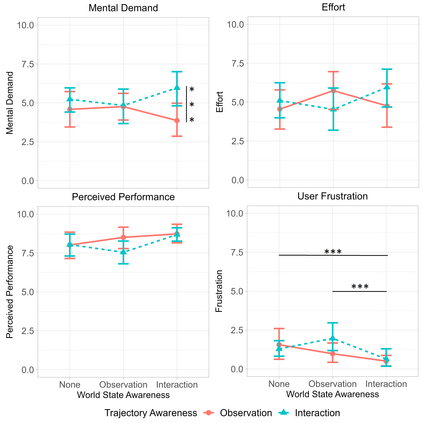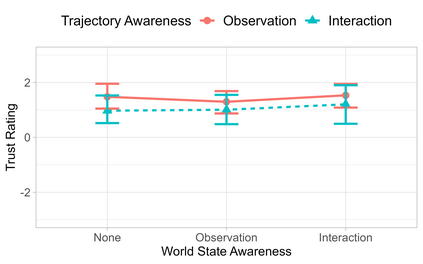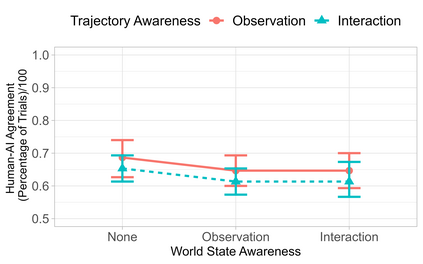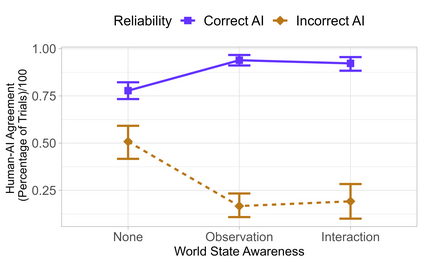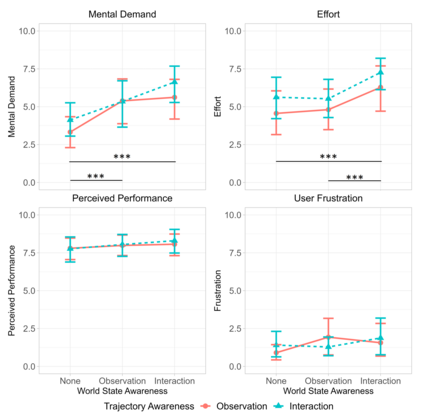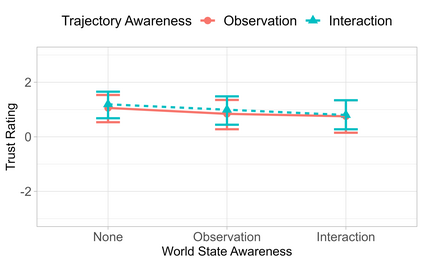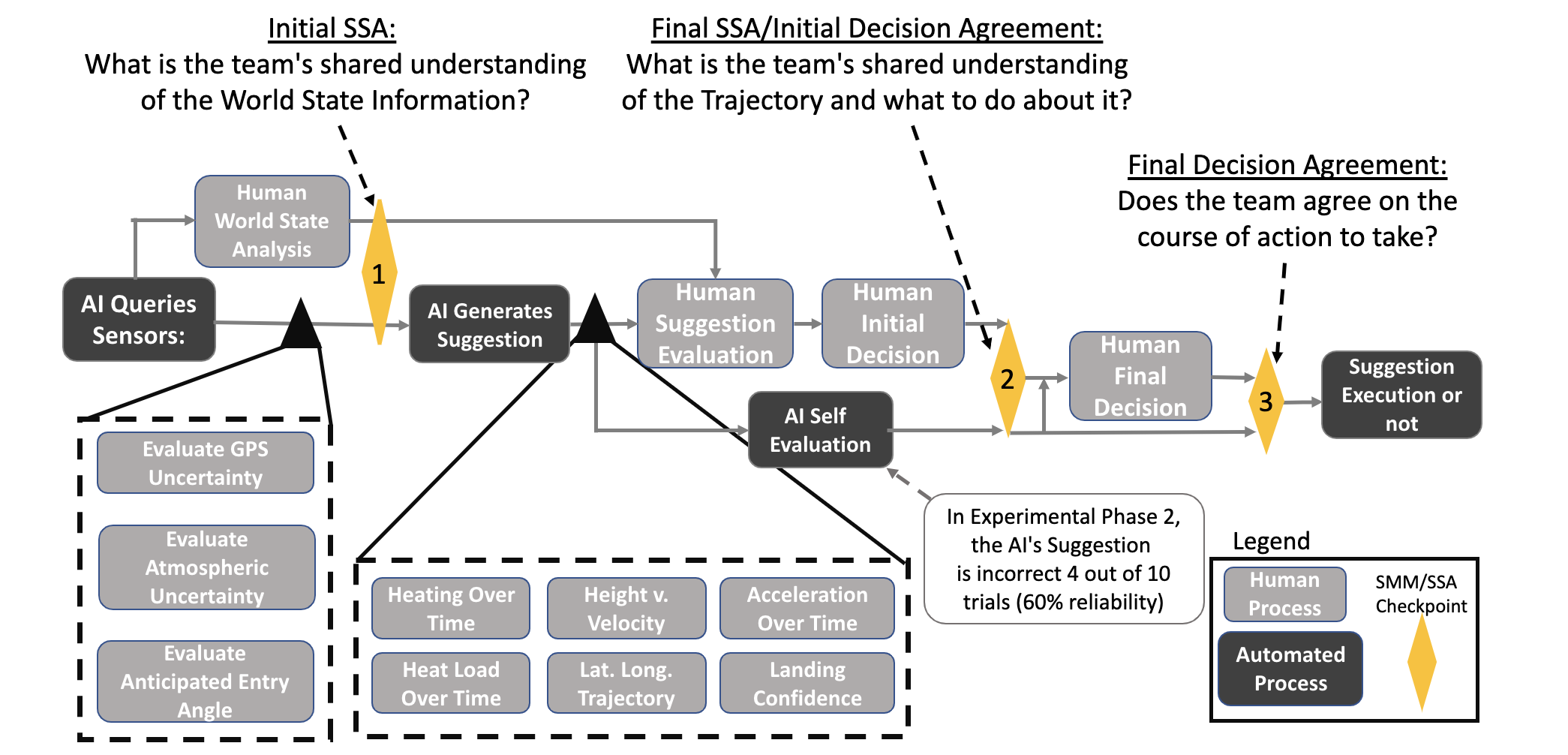AI recommender systems are sought for decision support by providing suggestions to operators responsible for making final decisions. However, these systems are typically considered black boxes, and are often presented without any context or insight into the underlying algorithm. As a result, recommender systems can lead to miscalibrated user reliance and decreased situation awareness. Recent work has focused on improving the transparency of recommender systems in various ways such as improving the recommender's analysis and visualization of the figures of merit, providing explanations for the recommender's decision, as well as improving user training or calibrating user trust. In this paper, we introduce an alternative transparency technique of structuring the order in which contextual information and the recommender's decision are shown to the human operator. This technique is designed to improve the operator's situation awareness and therefore the shared situation awareness between the operator and the recommender system. This paper presents the results of a two-phase between-subjects study in which participants and a recommender system jointly make a high-stakes decision. We varied the amount of contextual information the participant had, the assessment technique of the figures of merit, and the reliability of the recommender system. We found that providing contextual information upfront improves the team's shared situation awareness by improving the human decision maker's initial and final judgment, as well as their ability to discern the recommender's error boundary. Additionally, this technique accurately calibrated the human operator's trust in the recommender. This work proposes and validates a way to provide model-agnostic transparency into AI systems that can support the human decision maker and lead to improved team performance.
翻译:暂无翻译

